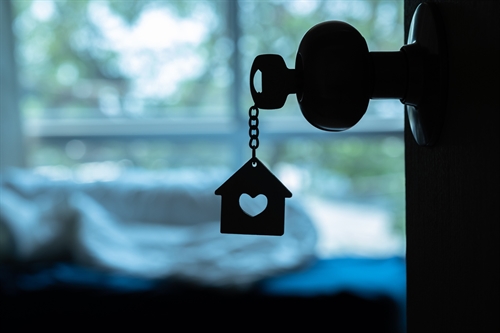The tiny homes movement has been gaining momentum for a while in the UK. By opting to live in a smaller space, home owners are saving money and reducing their ecological footprint. Tiny home life is also simpler in many ways and may allow you to reduce your working hours. Instagram and Pinterest are full of inspiration for those interested in the tiny home lifestyle, and though tiny homes is primarily a US movement, there are tiny homes specialists springing up in the UK.
What is a tiny home?
A tiny home is usually defined as a living space that is between 100 square feet and 400 square feet. The Tiny Housing Co, a UK-based builder of tiny homes, says that its houses are typically smaller than 12m by 2.45m by 4m high. A tiny house will have facilities for cooking, washing and sleeping and other activities that are important to the homeowner – but not much else.
What are the benefits of a tiny home?
People often aspire to a tiny home because they want a better work-life balance. Tiny Homes may be cheaper to purchase than a conventional home – but as with most things in life, you can find a tiny home for every budget. Tiny homes are cheaper to run because they need less heating.
Tiny homes have a smaller impact on the environment because they use fewer materials in the build; and fewer resources day-to-day. They also have a smaller footprint, which (in theory) leaves more space for nature.
People who live in tiny homes may find themselves more involved with their community because they are motivated to make use of public spaces and shared facilities. But in case the community disappoints, some tiny homes can even be packed up and moved elsewhere!
What do I do with all my stuff when I live in a tiny home?
Taking cues from people who live on narrowboats and yachts, tiny homes are full of clever design features that maximise storage – but of course if you reduce square footage, you are going to reduce storage space. A lot of tiny home owners reduce their belongings when they downsize. They may hire or borrow items that they don’t use often, or do without entirely, and rely on technology rather than maintaining large media and book collections.
You can always keep some of your domestic goods outside your home in a storage unit. This makes sense for goods that you don’t use all year round, like Christmas decorations, camping gear and winter clothing. Self-storage will not add much to your bills if you are savvy about choosing your self-storage company. The monthly cost varies, so it pays to shop around for the right storage company. You can also save each month on your mandatory self-storage insurance.
Where can I put my tiny home?
UK planning laws won’t allow you to build your tiny home wherever you like. But you may be able to put a tiny home on land attached to your house. Some people purchase a plot of land and change the use to ‘small farm’ or ‘glamping site’ so they have a reason to live on the site.
So maybe it’s time to stop scrolling Instagram and start living your best tiny home life!




